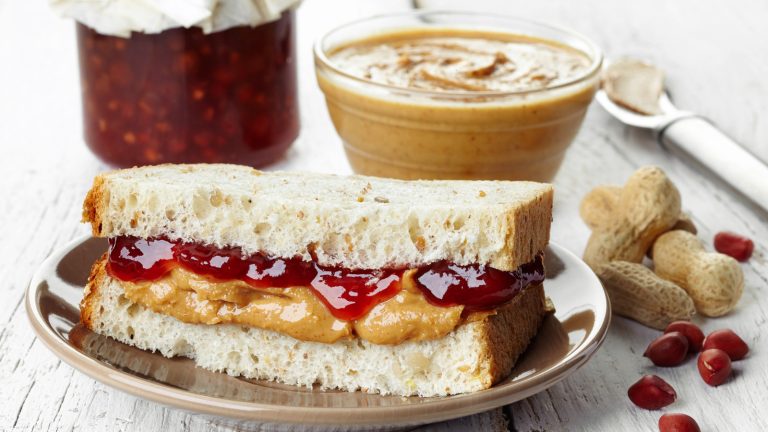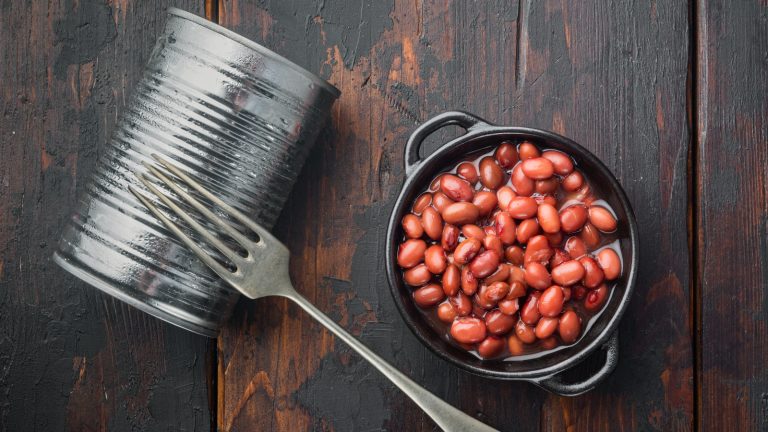If you’re looking to incorporate more vegetarian dishes into your diet, looking to Asian cuisine for inspiration is a great place to start. Two staple proteins of this cuisine include paneer and tofu, which, although similar in appearance, have a number of distinct differences. Both paneer and tofu come formed in white or off-white blocks and can be cut into pieces for inclusion in a variety of recipes. The biggest difference between the two, however, is that paneer is technically a cheese, made from the milk of either a cow or a buffalo, whereas tofu is made out of soy milk. While both of these foods are considered vegetarian-friendly, only tofu is fully plant-based and therefore also vegan.
Taste- and texture-wise, there are some similarities between the two. Tofu from the grocery store is packaged in multiple styles based predominantly on a level of firmness. Store-bought paneer can come in a regular, low-fat variety or as malai paneer, which is a creamier, higher-fat version. As such, a firmer tofu would be closer in consistency and flavor to a regular paneer. Both of these ingredients are extremely versatile for use in different dishes, though they aren’t exactly interchangeable due to their respective compositions.
What is paneer?
This cheese is often compared to haloumi for having a similar texture that stands up to grilling, albeit with a distinctly more mild flavor. The subtle flavor is actually what makes paneer more comparable to tofu, as both can easily take on the flavors with which they are marinated or mixed. Colloquially referred to as “Indian cottage cheese,” paneer is made by curdling either cow or buffalo milk by mixing it with an acid like lemon juice or vinegar before straining. Because its composition is ideal for absorbing different flavors and standing up to high heat without melting, paneer can be used in a wide variety of dishes, whether specific to Indian cuisine or not.
Try preparing a simple palak paneer recipe, which is made with spinach and a plethora of delicious warming spices that can be served over rice or on its own for a wholesome meal. For a quick snack, it also crisps perfectly in an air fryer, differing from tofu, which requires flash-freezing first. For some additional out-of-the-box preparation, try swapping paneer in place of standard ricotta cheese in a lasagna to change up the texture of your meal. It’s also great when crumbled over salads, tacos, or anywhere else that could use a hint or more of rich protein.
What is tofu?
An extremely useful ingredient in vegetarian, vegan, and omnivorous dishes alike, tofu is a powerhouse of plant-based proportions. Like paneer, it also boasts a mild flavor that can take on the tastes of whatever sauces or ingredients are alongside it. However, it differs due to having a more delicate texture depending on its degree of firmness. Like paneer, tofu is made by curdling (in this case curdling soy milk) and then pressing it into blocks. These blocks can then be sliced, chopped, scrambled, or whipped into stir-frys, pudding desserts, and more.
Though the two are different enough that replacing tofu for paneer and vice versa isn’t typically advised, there are some options where one could use tofu as a plant-based alternative to paneer. For example, a silky pumpkin and tofu curry makes a delicious and vegan-friendly version of a classic Indian dish. You can also use tofu to bulk up vegetable dishes with added protein or even include it in a chicken or beef stir-fry to stretch your meals farther. Try scrambling silken tofu in place of eggs for a delightful breakfast dish or adding it to a cold noodle salad for a fun variance in texture.







